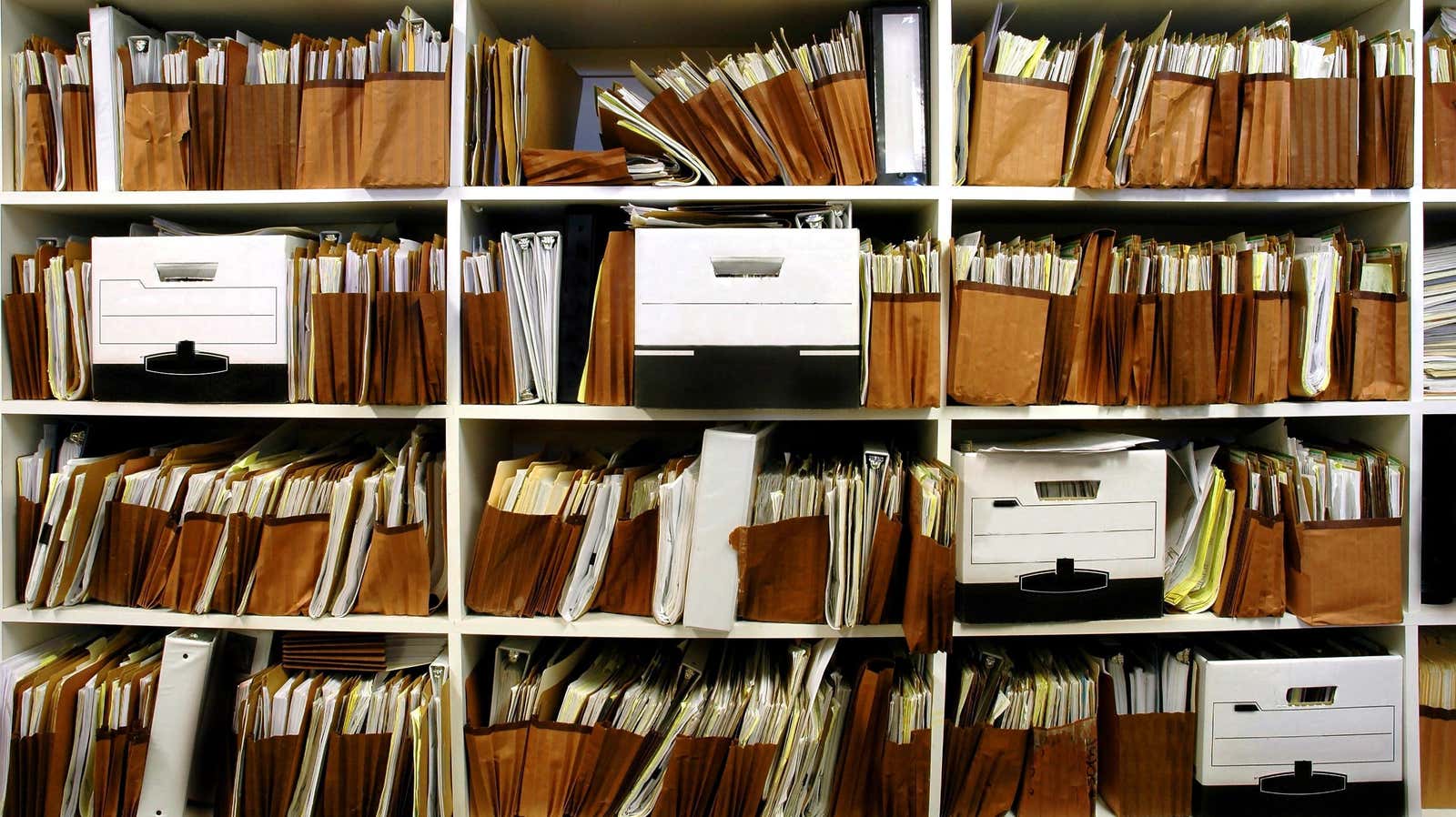How to Delete “other” Files on Your Mac

Managing storage on any device can be a challenge. Often your Mac will say without warning, “Hey, I’m full, friend. Delete something. ” Of course you agree, but there is a catch: “Other” files take up a ton of data, and your computer won’t tell you what “Other” files are. How should you delete files if you don’t even know what they are?
What are “Miscellaneous” files?
On macOS, other files are just files other than those that fit neatly into categories such as music, movies, documents, and photos. Oftentimes, these Other files are system files that Apple doesn’t want you to interact with, simply because it usually isn’t necessary.
Many of these files can be cache files, which are data that should help applications and services start and run more smoothly. However, these files can accumulate over time, and their total storage size can be more of an issue than they are worth, especially when you no longer use the app or feature they are tied to.
However, not all Other files are unwanted. Apple includes certain types of files in this collection, such as PDFs, zip files, DMG files, fonts, and other useful or important data. This is probably why, while Apple has updated its storage management system in recent years, it still doesn’t want you to interact with or delete other files.
You can see how much space these “Other” files are taking up on your hard drive by clicking the Apple icon in the upper left corner and then About This Mac> Storage . After the system has scanned, you will see an array of file types. The rest will be dark gray at the end.
Clearing the cache
If you’re looking for a quick and easy solution to clear other files, start by clearing your cache. While Apple doesn’t say where these files are stored, you can get there by pressing Shift + Command + G, typing ~ Library and then pointing to the Caches folder. While you can completely delete this folder, you may be deleting something important for one of your active applications.
Your best bet is to scan this list by deleting things related to applications you don’t use, especially if those files are large. However, remember that the cache is constantly filling up with applications and services on your computer. As soon as you continue to use your Mac, the cache will start filling up again.
Use a third party cleaning tool
One way to get around Apple’s restrictions on other files is to use a third-party cleanup tool. These tools can bypass macOS and show you all your files on the system. The best ones do it in a way that also makes it clear what you’re looking at, so you don’t need to be a Mac files expert to know what you are doing.
One of the best – DaisyDisk , but it costs $ 10 after the free trial version . CleanMyMacX is another fan favorite, but its features are mostly locked behind a paid subscription. If you want to pay, go for it; they are both great apps. However, you can take advantage of some free features to help you clean up your files.
Take a look at CleanMyMacX, for example. Start with system junk . For the most thorough scan, give the application full disk access. Click ” Grant Access “, then click ” System Preferences ” in the pop-up window. Now click on the lock in the lower left corner to confirm its authenticity, check the box next to CleanMyMacX, then “Exit and re-open.”
After restarting the application, go back to System Trash and click Scan . While scanning, give CleanMyMacX permission to access various folders on your computer. Once that’s done, click View Details and you’ll see a complete list of files that CleanMyMacX has found to be taking up space. Click Show next to each item to see a complete breakdown of the files below it. Right-click on each of them, then select Reveal in Finder to navigate directly to the unneeded file.
Now you can simply delete that file, go back to CleanMyMacX and repeat the process for all the files you want to delete. While it can be tedious, it’s free and you delete some gigantic files that you might not have found on your own.
You can also clean up other sections of your computer with CleanMyMacX, which will certainly help free up storage space. But be aware that the “Other” category will only be affected by the “System Junk” files.
This is not the only free option. There are apps like OmniDiskSweeper that are 100% free and can help you find large files. The problem is, it can be a little tricky if you don’t know what you are doing; the app essentially looks like a Finder, only with file sizes next to each item. It is easy enough to see what is taking up the most space on your computer, but it is not easy to know if these files belong to someone else or if they are important files that you should not delete.